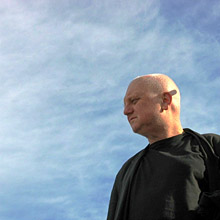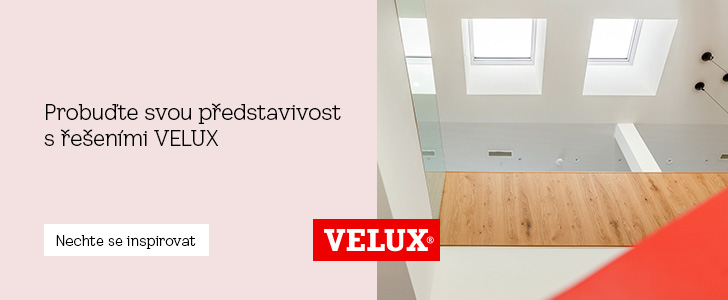
Rostislav Švácha - Festive Speech for the Award Ceremony of ČKA 2009
 |
Emil Přikryl's professional career can be symmetrically divided into two precise halves at this moment. Each of them lasts twenty years.
In the first twenty years, Emil Přikryl spent his time at Sial in Liberec, in Karel Hubáček's studio, and during this period, he primarily focused on designing.
The second twenty years were dedicated to the School of Architecture at the Academy of Fine Arts in Prague. Although he did not forget about designing during this second period, as we can easily see by looking around the space [=Benedikt Rejt Gallery in Louny], over the last twenty years, Přikryl has focused more on teaching; on educating younger colleagues.
The evidence of what Emil Přikryl has accomplished as a creative architect can be provided by three sources.
First, there is the catalog "Emil Přikryl and His School," which Soňa Ryndová and I prepared for the exhibition of the same name at Fragner Gallery in 1995.
Secondly, there is the book "Sial," published by Martin Souček for the ongoing exhibition about Sial at the Museum of Art in Olomouc.
And finally, thirdly, we have another book about Emil Přikryl and his school, published by the same publisher Martin Souček for our meeting today, with the help of Soňa Ryndová, Ondřej Císlers, Lev Pavluch, and Marek Jodas.
All these publications bring only fragments of the architect's work. Emil Přikryl designed much more. However, they still contain many of his designs and buildings, the significance of which does not need to be overly emphasized.
I would like to mention only the villa of Věra Chytilová in Prague-Troja, the design for the museum in Most, projects for international competitions for the Tegeler Hafen quarter in Berlin, for the Bastille Opera in Paris, for the completion of the Arsenal in Venice, and the expansion of the museum district in Vienna, on which Emil collaborated with friends from Sial, a residential building for the Berlin IBA exhibition – a joint work of Emil Přikryl, John Eisler, and Jiří Suchomel – and again Emil's independent works, among which stands out the Uran shopping center in Česká Lípa, the competition project for the completion of the Old Town Hall in Prague, and several variants of the Czechoslovak consulate in Shanghai.
All these works, whether built or unbuilt, have already entered the history of 20th-century Czech architecture as its shining points. I value them also as the results of the author's immense effort to make everything absolutely perfect. However, I also appreciate them as expressions of the author's deep faith in architecture. In each of Emil's projects, the discipline of architecture experiences its celebration.
In the second twenty years, since 1990, Emil Přikryl has dedicated himself to the work of a teacher at the School of Architecture of the Academy of Fine Arts in Prague.
Immediately upon his arrival, he managed to restore the weight of this school, which had been bestowed upon it by Jan Kotěra, Josef Gočár, Jaroslav Fragner, and Emil's teacher František Cubr. It is thanks to Přikryl's efforts that the School of Architecture at the Academy became the leading educational institution for our architects in the period after the Velvet Revolution. The undeniable successes of Emil's students stand as evidence of this, so many that I would prefer not to name them lest I omit some. It is not the teacher's personal vision of architectural form or style that his students take away from his school, but rather his desire to always deliver perfect work and his faith in architecture.
The symmetrical layout gives Přikryl's creative career a twenty-year dimension for each of its halves. The first was filled with the practical work of an architect, the second with the work of a teacher.
However, this symmetry is not as perfect as my speech has measured it. It is not true that Emil Přikryl completely resigned from practical architectural work after 1990, and those who say so about him are mistaken. He participated in competitions, won two, and would certainly have won more if he had completed his other competition designs. He shined with some excellent exhibition adaptations. However, during that time, he created a work that I personally consider to be his most significant work, indeed the most significant work of all Czech architecture after 1989.
We are currently standing in his spaces. He managed to create them thanks to a client who was clearly aware of the author's great capabilities. He embedded a great part of his faith in architecture within it. The proponents of the faith that I speak of see architecture as a creative discipline that can enrich human life and elevate us.
Thank you for your attention.
Rostislav Švácha
The English translation is powered by AI tool. Switch to Czech to view the original text source.











